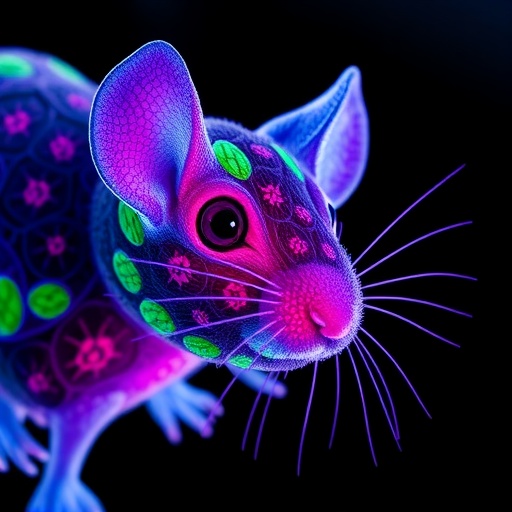Women who suffered eemotional or physical abuse or neglect as children likely to have more frequent physiologically assessed hot flashes during sleep
CLEVELAND, Ohio (June 5, 2019)–Numerous adverse health outcomes have been linked to childhood maltreatment, including mental illness, cardiovascular disease, and premature mortality. A new study suggests that childhood abuse (which was found to have occurred in 44% of the sample population) may also cause more hot flashes, especially during sleep. Results are published online today in Menopause, the journal of The North American Menopause Society (NAMS).
Although there have been many studies conducted to determine the various adverse health effects of childhood abuse and neglect, few have fully examined how maltreatment is associated with the menopause transition. Similarly, despite the fact that hot flashes are the most commonly reported symptom of menopause, there are still many unknowns regarding the factors associated with hot flashes.
Of the studies that have been conducted linking child abuse or neglect with hot flashes, including the Study of Women’s Health Across the Nation, none used physiologic monitoring to confirm the existence or frequency of the symptoms.
This latest study involving 295 nonsmoking perimenopausal and postmenopausal women aged 40 to 60 years with hot flashes is the first to examine the relationship between childhood maltreatment and physiologically assessed hot flashes. The study yielded a number of noteworthy observations, including the fact that the incidence of childhood maltreatment is higher than originally thought. Although some previous studies have estimated at least one in four US women have experienced childhood abuse or neglect, 44% of this sample population reported some form of abuse.
Nonwhite women were more likely to report being abused or neglected, especially physically. Overall, however, emotional abuse was the most frequently cited type of abuse endured. And, in general, women reporting daily hot flashes were younger, less educated, and more often nonwhite than women not reporting these symptoms.
With regard to menopause symptoms, the study found that childhood abuse was associated with more frequent physiologically assessed hot flashes during sleep. Because hot flashes are linked with sleep problems and other quality-of-life issues, this study underscores the importance for clinicians to routinely screen for trauma history when considering women’s midlife health.
Findings were published in the article “Childhood abuse and vasomotor symptoms among midlife women.”
“Sleep disruption is a major issue for many menopausal women. Screening and counseling for trauma history, whether childhood trauma, intimate partner violence, or posttraumatic stress, should be part of routine preventive medical care for women at midlife and may be present in women with nighttime hot flashes,” says Dr. JoAnn Pinkerton, NAMS executive director.
###
For more information about menopause and healthy aging, visit http://www.
Founded in 1989, The North American Menopause Society (NAMS) is North America’s leading nonprofit organization dedicated to promoting the health and quality of life of all women during midlife and beyond through an understanding of menopause and healthy aging. Its multidisciplinary membership of 2,000 leaders in the field–including clinical and basic science experts from medicine, nursing, sociology, psychology, nutrition, anthropology, epidemiology, pharmacy, and education–makes NAMS uniquely qualified to serve as the definitive resource for health professionals and the public for accurate, unbiased information about menopause and healthy aging. To learn more about NAMS, visit http://www.
Media Contact
Eileen Petridis
[email protected]
http://www.




